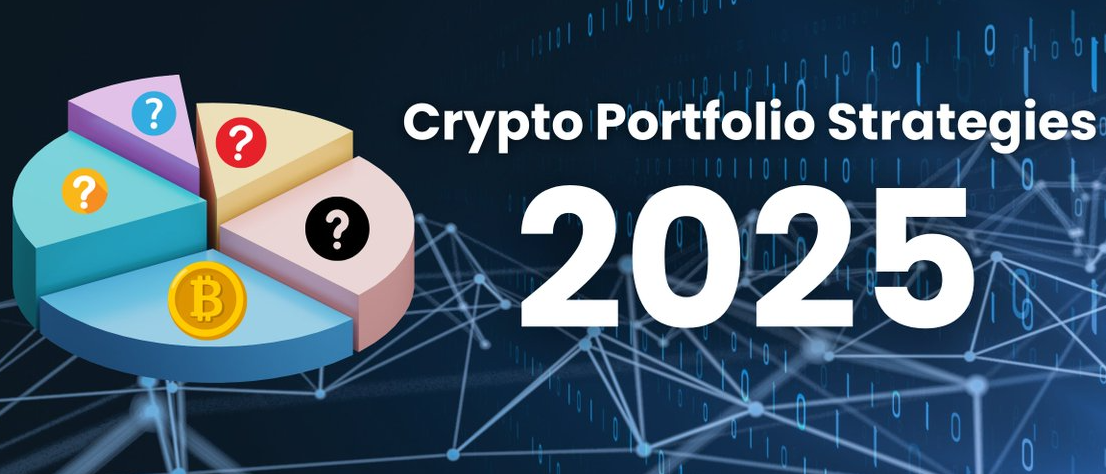Imagine a shared digital notebook that everyone in a group has a copy of. Every time something important happens (like a transaction or a new piece of information needs to be recorded), it’s written down on a new page in everyone’s notebook. Once a page is full and agreed upon by everyone as accurate, it’s permanently bound in the notebook. You can’t erase or change a page once it’s bound. This shared, permanent notebook is essentially what a blockchain is.
Here’s a breakdown of the key concepts in simpler terms:
1. Blocks:
- Think of each “page” in our digital notebook as a block.
- Each block contains a record of several transactions or pieces of data that happened around the same time.
- Besides the data, each block also contains a unique digital “fingerprint” called a hash. This hash is like a special code generated based on the information inside the block.
- Crucially, each block also contains the hash of the previous block. This is what creates the “chain.”
2. Chain:
- Because each new block contains the fingerprint of the block before it, they are all linked together in a chronological and secure chain.
- If someone tries to tamper with the information in an older block, its hash will change. This change will then invalidate the hash in the subsequent block, and so on, breaking the chain and making the tampering immediately obvious to everyone.
3. Decentralization:
- Unlike a traditional database that is stored in one central location and controlled by a single entity (like a bank), a blockchain is decentralized.
- This means that the entire “digital notebook” (the blockchain) is distributed across many computers (called nodes) in a network.
- No single person or entity controls the blockchain. This makes it very difficult for any single point of failure or a malicious actor to manipulate the data.
4. Transparency:
- While the identities of the participants in a blockchain transaction might be anonymous or pseudonymous, the transactions themselves are usually transparent and can be viewed by anyone on the network.
- Everyone with a copy of the blockchain can see the history of transactions.
5. Immutability:
- Once a block is added to the chain, it is extremely difficult to alter or delete it.
- To change a block, a hacker would need to simultaneously change that block on the majority of the computers in the network, which is practically impossible due to the sheer number of participants and the cryptographic security measures in place.
6. Consensus Mechanism:
- Before a new block can be added to the chain, the network participants (the nodes) need to agree that the transactions within that block are valid.
- This agreement is reached through a consensus mechanism, which is a set of rules that all participants follow.
- There are different types of consensus mechanisms, such as “Proof-of-Work” (used by Bitcoin) and “Proof-of-Stake” (used by many newer blockchains), but their core purpose is to ensure that everyone agrees on the legitimacy of the new block.
In Simple Steps:
- A Transaction Occurs: Someone wants to send money, record a vote, or log a piece of information.
- The Transaction is Grouped into a Block: This transaction is bundled with other recent transactions into a new “page” (block).
- The Block is Verified: The network of computers (nodes) checks if the transaction is valid according to the network’s rules.
- Consensus is Reached: The nodes use a consensus mechanism to agree that the block of transactions is legitimate.
- The Block is Added to the Chain: Once verified and agreed upon, the new block is added to the end of the existing chain. This link is made secure using cryptography (the hashes).
- The Ledger is Updated: Everyone on the network updates their copy of the blockchain with the new block.
Why is this important for non-techies?
Blockchain technology offers several key benefits that are relevant even if you don’t understand the intricate technical details:
- Increased Trust: Because the data is distributed, transparent, and immutable, it fosters greater trust between parties without the need for a central authority.
- Enhanced Security: The cryptographic linking of blocks and the decentralized nature make it very secure against tampering and fraud.
- Improved Efficiency: In many cases, blockchain can streamline processes by removing intermediaries and automating tasks.
- Greater Transparency: The open nature of many blockchains allows for greater visibility into transactions and data.
Real-World Applications (Beyond Cryptocurrencies):
While blockchain is famously known for cryptocurrencies like Bitcoin, its applications extend far beyond digital money:
- Supply Chain Management: Tracking goods as they move through the supply chain, ensuring authenticity and preventing counterfeiting.
- Healthcare: Securely storing and sharing medical records.
- Voting Systems: Creating more transparent and secure online voting processes.
- Digital Identity: Managing and verifying digital identities securely.
- Intellectual Property Protection: Tracking ownership and usage of digital assets.
- Real Estate: Streamlining property transactions and record-keeping.
In essence, blockchain is a foundational technology that provides a secure and transparent way to record and share information, with the potential to revolutionize various industries by fostering trust and efficiency. While the underlying technology can be complex, the core concepts are about creating a shared, tamper-proof record that everyone can rely on.
In Conclusion, blockchain technology, while seemingly intricate, operates on simple yet powerful principles of shared digital record-keeping, cryptographic security, and decentralized consensus. By understanding the core concepts of blocks, chains, decentralization, transparency, immutability, and consensus mechanisms, non-technical individuals can grasp the fundamental value and potential of this groundbreaking innovation. Beyond its well-known applications in cryptocurrencies, blockchain offers a robust framework for enhancing trust, security, and efficiency across a diverse range of industries, promising significant transformations in how we manage and interact with digital information in the future.
Ready to start your cryptocurrency journey?
If you’re interested in exploring the world of crypto trading, here are some trusted platforms where you can create an account:
🔹 Binance – A global leader in cryptocurrency trading.
🔹 Bybit – A user-friendly platform for both beginners and advanced traders.
These platforms offer innovative features and a secure environment for trading and learning about cryptocurrencies. Join today and start exploring the opportunities in this exciting space!
🚀 Want to stay updated with the latest insights and discussions on cryptocurrency?
Join our crypto community for news, discussions, and market updates: OCBCryptoHub on Telegram.
📩 For collaborations and inquiries: datnk710@gmail.com
Disclaimer: Always do your own research (DYOR) and ensure you understand the risks before making any financial decisions.





